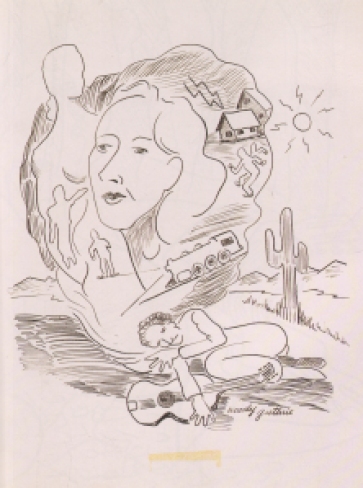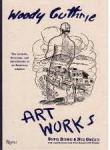
The musician and union educator Joe Glazer, known as “labor’s troubadour”, made significant contributions to work and union songs through his composition, performance, study, and recording from the 1940s to the 2000s. Although not as widely recognized outside labor circles as Woody Guthrie or Pete Seeger, Glazer played a crucial role in documenting and providing a soundtrack for many of the 20th century U.S. labor movement’s struggles. Glazer, who referred to himself “an agitator for all good causes”, recorded more than 30 albums, wrote a book about labor music, and recruited a new generation of protest singers.
Born in Manhattan on 19 June 1918, Glazer was the son of a tailor in the International Ladies Garment Workers Union. Growing up in the Bronx, he admired crooners like Gene Autry, and often played along with them at home on his guitar. He later joined the textile workers as an assistant education director and capitalized on his boss’s suggestion to use the guitar as a tool to inspire and rally workers. During his travels, Glazer encountered an early version of the song We shall overcome at the Highlander Folk School in Tennessee, which he later recorded with the Elm City Four in 1950. The version he first heard had been adapted from Black tobacco union workers who first sang it on a picket line in 1946.

In 1950, Glazer wrote Too old to work, a protest song inspired by the United Auto Workers’ campaign for occupational pensions. Just four days after Chrysler workers in Michigan adopted the song, the manufacturer capitulated to the union’s demands. The song quickly became a powerful tool for organizers, educators, politicians, and musicians, cementing its place as one of the most influential pension songs in the U.S. labor movement.
This according to “Too old to work: Joe Glazer, labour music, and occupational pensions” by Simon H. Buck, (Comparative American studies 18/3 [2021] 281–301; RILM Abstracts of Music Literature, 2021-10611).
Listen to Solidarity forever and The give away boys by Joe Glazer below.
Solidarity Forever | Joe Glazer | Smithsonian Folkways Recordings (bandcamp.com)






